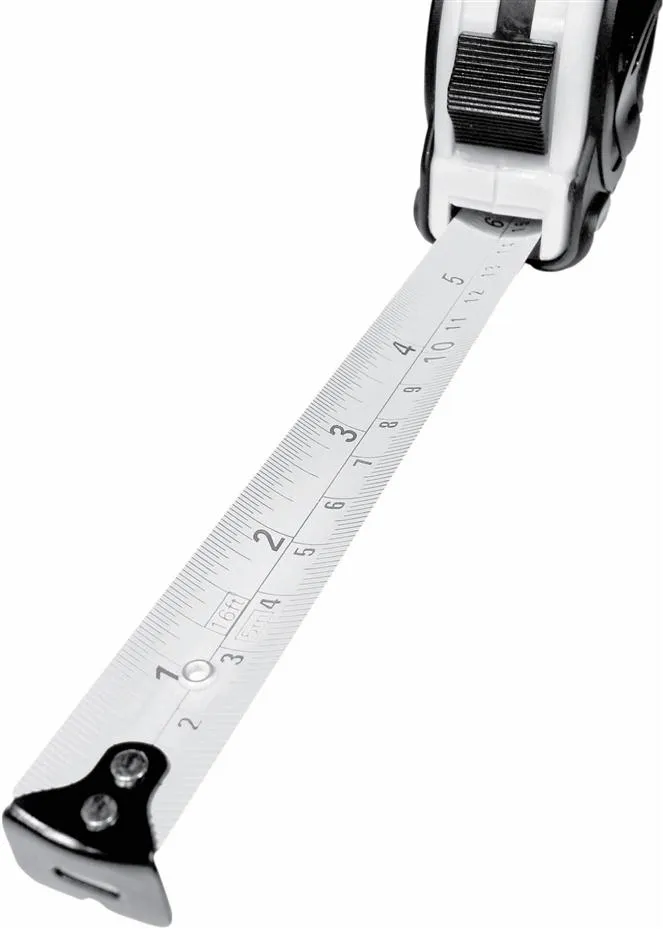
- 616 pages
- English
- ePUB (mobile friendly)
- Available on iOS & Android
About this book
The new edition of CCTV, a high-level professional reference, is expanded to cover all video compression techniques used in the ever-increasing assortment of digital video recorders (DVRs) available on the market today. In addition to demystifying DVR technology, the third edition also clarifies the technology of data networking and explains various compression techniques. Along with all this, the book retains the particulars that made the previous editions convenient and valuable, including details of CCD cameras, lenses, coaxial cables, fiber-optics, and system design.- Updated to address digital techniques, networking, and the Internet in closed-circuit television- Includes brand new sections on CCTV networking, digital video recorders (DVRs), various video compression techniques, and understanding pixels and digital image quality- Fully illustrated with dozens of photographs, tables, checklists, charts, diagrams, and instructions
Frequently asked questions
- Essential is ideal for learners and professionals who enjoy exploring a wide range of subjects. Access the Essential Library with 800,000+ trusted titles and best-sellers across business, personal growth, and the humanities. Includes unlimited reading time and Standard Read Aloud voice.
- Complete: Perfect for advanced learners and researchers needing full, unrestricted access. Unlock 1.4M+ books across hundreds of subjects, including academic and specialized titles. The Complete Plan also includes advanced features like Premium Read Aloud and Research Assistant.
Please note we cannot support devices running on iOS 13 and Android 7 or earlier. Learn more about using the app.
Information
SI Units of Measurement
Abstract
Key Words

The basic units
| Unit | Symbol | Measures |
| Meter | [m] | length |
| Kilogram | [kg] | mass |
| Second | [s] | time |
| Ampere | [A] | electric current |
| Kelvin | [K] | temperature |
| Candela | [cd] | luminous intensity |
| Mole | [mol] | amount of substance |

Table of contents
- Cover image
- Title page
- Table of Contents
- Copyright
- Preface to this edition
- Introduction
- 1. SI Units of Measurement
- 2. Light and Television
- 3. Optics in CCTV
- 4. General About TV Systems
- 5. CCTV Cameras
- 6. Displays
- 7. Analog Video Processing
- 8. Digital CCTV
- 9. Video Management Systems
- 10. Transmission Media
- 11. Networking in CCTV
- 12. Auxiliary Equipment in CCTV
- 13. CCTV System Design
- 14. Video Testing
- Appendix A
- Appendix B
- Appendix C
- Appendix D
- Index